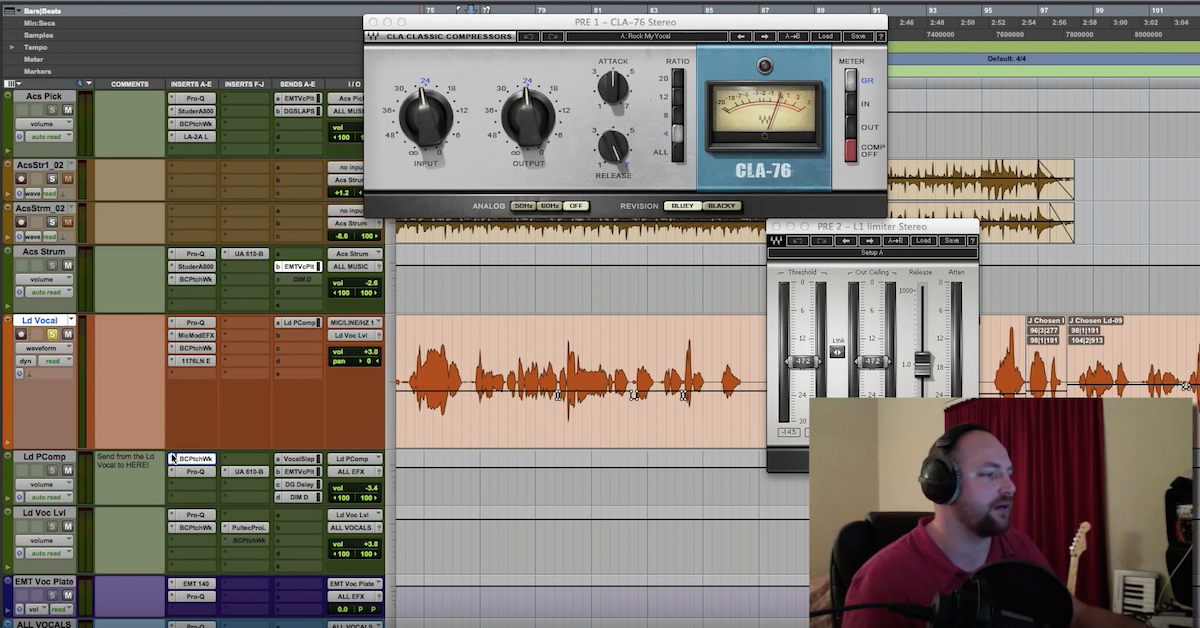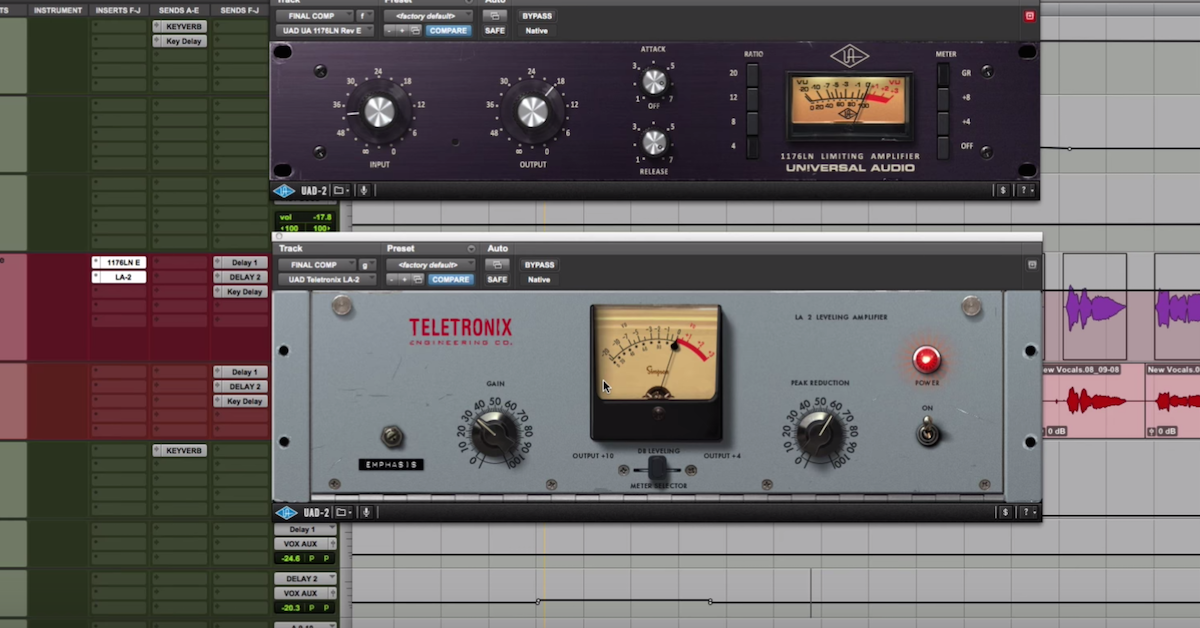Music Royalties Explained
Article Content
One of the greatest misconceptions among musicians is that in the digital era, income from music has virtually disappeared. This conventional wisdom perpetuated among musicians is that a handful of rock stars earn a solid income while the rest of us earn a pittance from low-paying streaming services. While it is true that sources of income have shifted significantly over the last 20 years, a look at different sources of music royalties shows that income from music is still viable, if you can identify the channels through which to find it. This article is meant to outline some of the different sources of income from the use of music in all its formats.
Music Copyrights and Publishing
Let’s review some of the concepts covered in our Music Copyright and Music Publishing articles. Firstly, music copyrights are divided into two categories: music compositions and master recordings.
Music compositions do not require permission for use and are compensated at rates set by the government. The rights to master recordings, on the other hand, are controlled exclusively by the copyright holder, who can charge whatever he or she wishes for the use of the recording.
Indeed, it is legal for an artist to charge $2 million to purchase a copy of their recordings. Each category discussed below generates royalties for either the use of a music composition, master recording or both.
Royalties for the use of musical compositions are divided evenly between the composer and the publisher. The composer is the individual who writes the music and lyrics, and the publisher is a party that co-owns the music in its conceptual or written form. If the music is released through a record label, the record label will likely play the role of publisher.
If the writer has not signed a contract, he or she owns their publishing rights and keeps 100% of the royalties. Whoever is legally considered the publisher is entitled to 50% of the royalties from the use of a composition.
Mechanical License
A mechanical license generates royalties for the mechanical playback of a musical composition. Developed in the era of the player piano, mechanical licenses are intended to compensate a composer if their music is purchased in a mechanical format. CDs, mp3s, toys, video games, ringtones and music streaming are all examples of media that generate mechanical royalties. Mechanical licenses are also the method by which artists are legally allowed to sell recordings of cover songs.
An individual that “covers” the music of another writer can legally do so by paying a mechanical license fee to the original composer. This is called a compulsory mechanical license. It is compulsory because it forces the composer to allow the composition to be used, even for commercial work, as long as the party covering their music is willing to pay the full fee for the license.
The fee for a mechanical license is 9.1 cents per copy of a song sold, divided between the writer and the publisher.
Performance Rights
Performance rights cover the royalties for the public performance of a music composition. Initially created as a method for compensating live performances, performance rights have expanded to cover all public broadcasting of a work, including terrestrial radio, music played in bars and clubs, television broadcasting, and of course, music streaming.
Performance royalties are collected by Performance Rights Organizations, also known as PROs. These organizations, such as ASCAP, BMI, and SESAC, monitor the broadcasting of all music, including live performances, and collect royalties from broadcasters and venues that present music to the public. Once the PROs collect these royalties, they distribute money based on the number of plays tracked on all different forms of performance and broadcasting.
The writer and publisher of a work split these royalties 50/50. In order to collect performance royalties for your own work, you need to register your music with a Performance Rights Organization. If you self-publish, you must register as both the writer and publisher to receive 100% of the income from performance royalties.
Synchronization Fees
“Synchronization” refers to the synchronization of audio to visual media such as film, television, or commercials. Unlike the sale of CDs and records, synchronization offers the opportunity to generate income at little cost. It costs the composer nothing to license a song to a film or television company, and the same work can be licensed for to any number of outlets.
When a company licenses a work for synchronization, they are paying to license the composition and usually the master recording too. Synchronization fees are negotiated between the copyright holder and the party licensing the music. The fees are then divided evenly between the writer and the publisher. If the work is broadcast publicly, in movie theaters or on television, the composition may generate further royalties in the form of performance rights income.
Record Sales
Music recordings sold on CD, record, tape, or mp3 are compensated at rates set by a contract between an artist and a record label. The contract designates a royalty percentage anywhere from 10-50% of each copy sold. Labels often offer advances, or upfront payments to an artist to cover production costs. An advance is seen as a loan, paid back to the record label with zero interest, through the artist’s royalty percentage.
Sales of recordings generate a mechanical fee of 9.1 cents per song on an album, designated to the writer and publisher of a work. However, these fees are likely to be folded into the record contract, ensuring that the writer and performing artist receive the effective percentage rate laid out in the contract.
Music Streaming
Music streaming services, depending on which service you are looking at, earn income from advertisements and subscription fees, then pay out those fees as royalties in three categories: mechanical playback of a composition, performance of a composition, and license to use a master recording.
Music streaming is seen by our legal system as a hybrid of mechanical playback and public performance. Therefore, songs hosted by streaming services generate both a mechanical royalty and a performance royalty for each playback of the composition. To use a master recording, interactive services such as Spotify and Apple Music receive permission by paying copyright holders upfront for the license to use their recordings.
Conclusion
Music royalties are generated by a host of different sources. The writer or publisher of a piece of music can receive income from mechanical licenses, performance rights income, synchronization, and music streaming. The owner of the copyright to a master recording earns income from synchronization and music streaming. Streaming services generate pay out mechanical fees, performance royalties, and license fees for recordings. No matter what, a cursory look at streams of income from music royalties shows that it pays to own or co-own the rights to a significant body of work.





